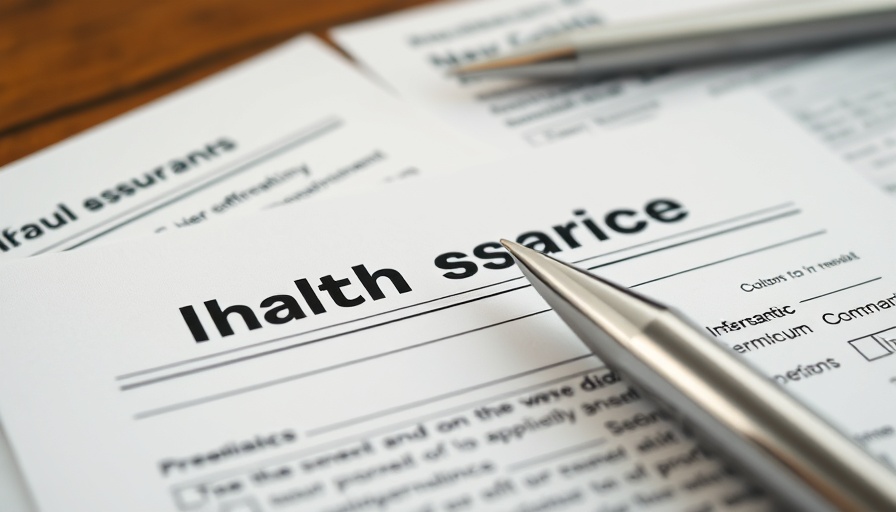
Understanding Medical Debt in 2025
As we find ourselves in 2025, managing medical debt has become a pressing concern for many individuals, even those with health insurance. High out-of-pocket costs, unexpected surgeries, and emergency room visits contribute to a growing landscape of medical bills that can be overwhelming. The complexities of medical billing are such that more tools and programs exist than ever to alleviate this burden.
Government Assistance Programs: A Lifeline for Many
Various government and public assistance programs can help mitigate the impact of overwhelming medical bills. For instance, Medicaid and CHIP are vital resources for individuals with limited income, offering essential coverage that can also retroactively cover medical expenses incurred up to three months prior to application if eligible at the time of service. This retroactive feature can lift a financial weight off one’s shoulders, making it feasible to address existing debt.
Moreover, state and local programs provide targeted support for unpaid medical bills, granting financial aid or debt management opportunities tailored to individual circumstances. It's essential for individuals to tap into local resources by contacting their state’s health department or insurance exchange for a guide on available options.
Financial Aid from Hospitals: Uncover Hidden Help
Did you know that many nonprofit hospitals are legally required to offer financial aid programs? If you’ve received care from a nonprofit institution and find yourself struggling to pay the bills, you might qualify for financial assistance even if you have some insurance coverage. Research has shown that these programs can either reduce or completely erase outstanding bills based on multiple eligibility criteria, typically revolving around income levels.
To begin the application process for charity care or financial assistance, patients should review the hospital’s financial policy and gather required documentation, such as proof of income and recent tax returns, to enhance their chances of approval.
Negotiate Your Medical Bills: Strategies for Relief
Negotiating medical bills can also be a viable strategy, particularly if they are already in collections. Yet, the advice is clear: tackle your financial troubles before they reach this stage. Engaging directly with hospitals or medical professionals to dispute charges or request discounts can often yield positive results. It's not uncommon to have some room for negotiation, especially when you provide clear documentation of your financial hardship.
The Role of Financial Counseling in Debts
Accessing financial counseling services can provide individuals with tailored strategies for managing multiple debts, including credit card and personal loan debts. By working with a financial advisor, one can create a sustainable debt management plan that prioritizes expenses and outlines how to pay off specific debts efficiently, such as medical bills.
Employing popular debt repayment strategies like the debt snowball method can empower you to systematically eliminate debts while optimizing your financial health.
Implementing Debt Reduction Techniques
One effective method is utilizing the debt avalanche method, which focuses on paying off debts with the highest interest rates first. This can be especially useful when managing multiple debts, including ongoing medical expenses. Moreover, applying for debt forgiveness programs or exploring bankruptcy alternatives may also offer a route to relief, depending on one’s unique financial landscape. It’s worth investigating various resources to identify potential avenues for financial recovery.
Protecting Your Financial Future
As you navigate your medical expenses in this challenging financial climate, consider several proactive steps to safeguard your financial future. Building a robust emergency fund while managing existing debts can prevent new financial crises from emerging. Regularly assessing your debt-to-income ratio can ensure that you remain aware of your financial commitments and minimize risks associated with accumulating debt.
Create Your Roadmap to Debt-Free Living
Ultimately, the path to managing medical bills in 2025 requires diligence, education, and advocacy. By understanding available resources, seeking financial assistance, and exploring negotiation tactics, individuals can transform their relationship with medical debt from overwhelming to manageable.
As the landscape continues to evolve, staying informed about potential relief options and developing effective budgeting strategies can empower you toward a debt-free future. Now is the time to take control of your financial health, ensuring you’re not just surviving but thriving.
 Add Row
Add Row  Add
Add 



Write A Comment